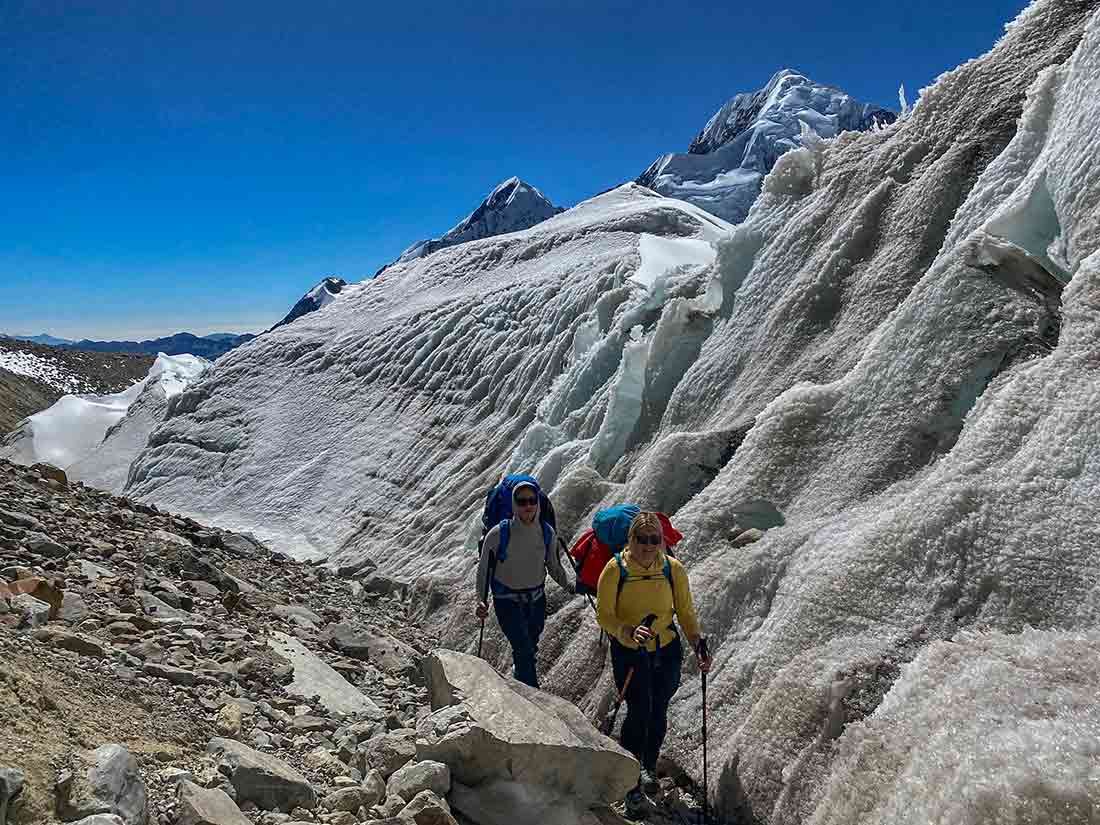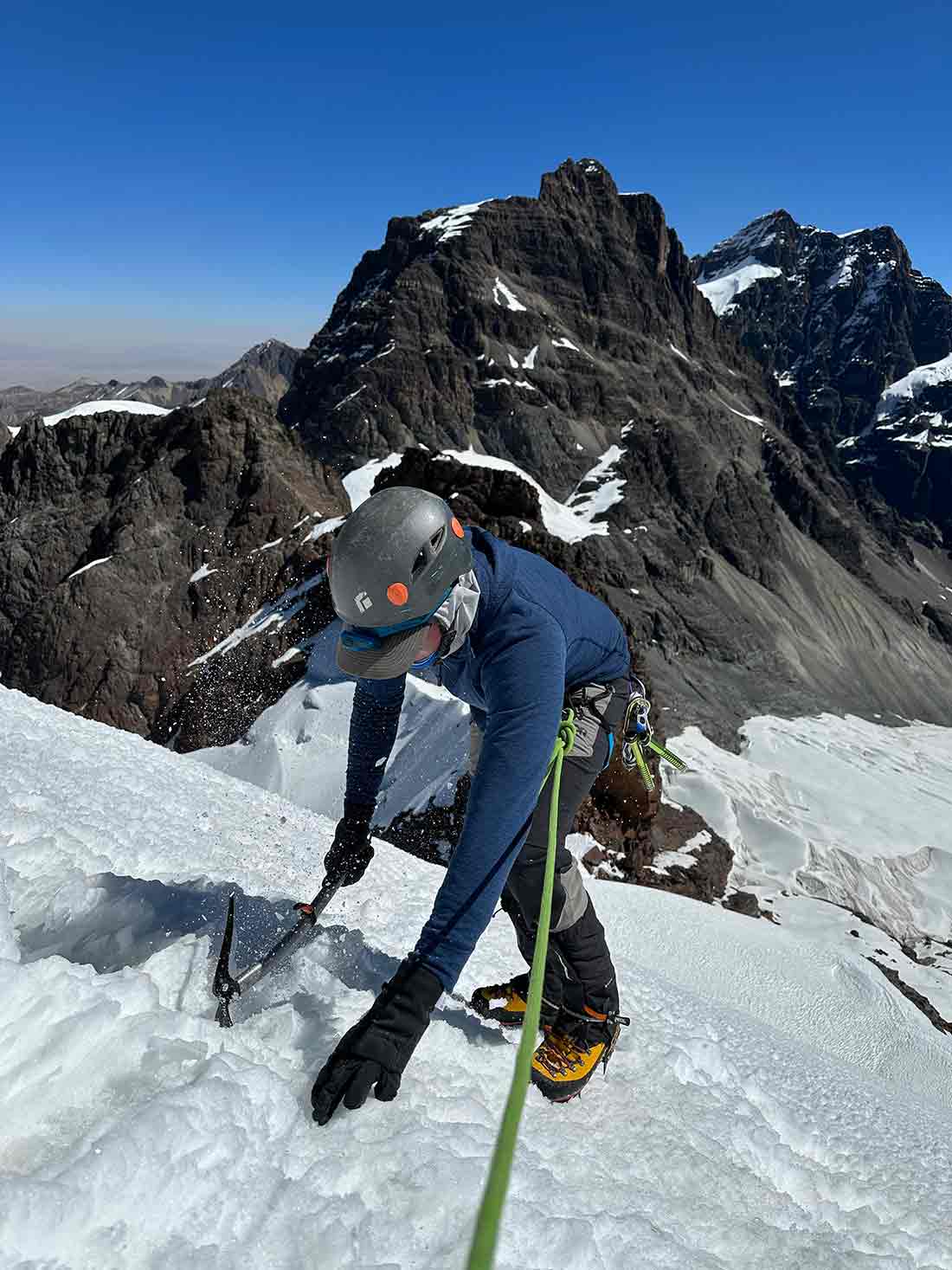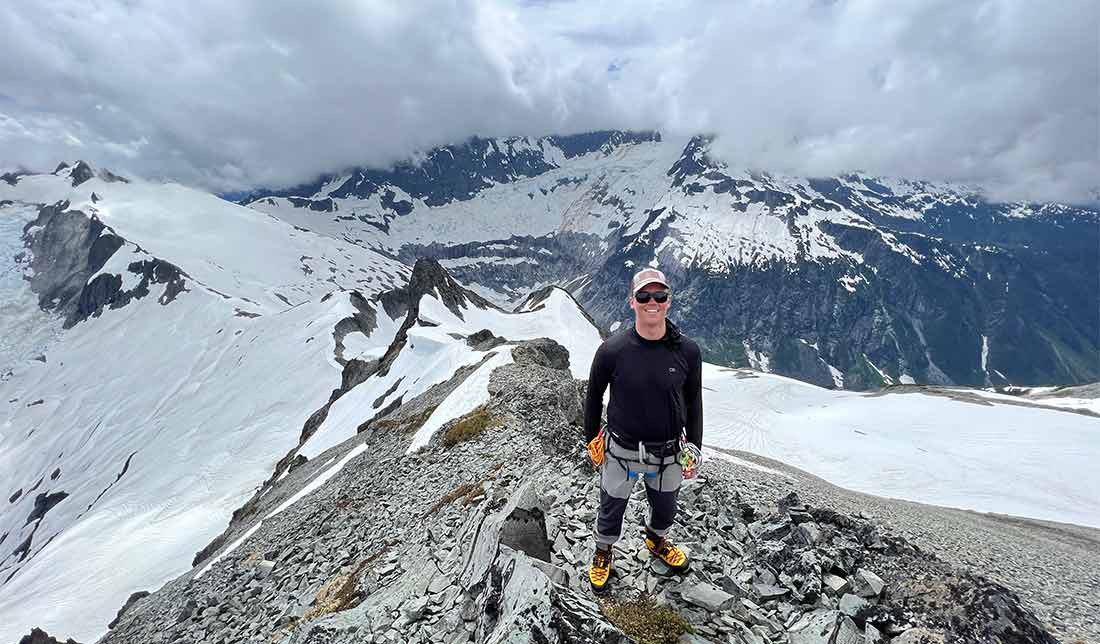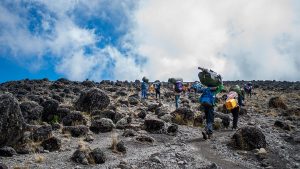Mount Kilimanjaro, standing proudly as the highest peak in Africa, is a formidable challenge for any adventurer. As trekkers journey to its summit, choosing the right gear becomes paramount. Among the essentials, the alpine shirt emerges as a versatile and indispensable companion, offering a perfect blend of comfort and functionality.

Origin and Evolution
The alpine shirt also known as a sun hoodie is deeply intertwined with the evolution of mountaineering apparel. Historically, climbers faced a conundrum when it came to finding clothing that could adapt to the unpredictable weather conditions prevalent at higher altitudes. The alpine shirt was born as a response to this challenge, crafted to provide a solution for climbers and trekkers tackling alpine terrains.

Initially, these shirts were made from traditional materials like cotton or wool. However, as technology advanced, so did the fabrics used in their construction. Modern alpine shirts now often incorporate high-performance materials such as merino wool or synthetic fabrics. These materials offer a perfect balance of breathability and moisture-wicking, ensuring comfort across a range of temperatures and conditions.
Fabric Matters
The choice of fabric plays a pivotal role in the performance of alpine shirts on Kilimanjaro. Merino wool, known for its natural breathability and odor-resistant properties, is an excellent option. It helps regulate body temperature, keeping trekkers comfortable during both strenuous ascents and rest stops. Meanwhile, synthetic fabrics with moisture-wicking capabilities excel in keeping adventurers dry, preventing discomfort caused by sweat.
The lightweight nature of these fabrics is also a key advantage, reducing the overall load for trekkers as they ascend Kilimanjaro. This is crucial on multi-day treks to minimize weight without compromising performance.
Sun Protection
Kilimanjaro’s high-altitude terrain exposes trekkers to intensified sunlight, making sun protection a critical consideration. Many alpine shirts are designed with built-in UPF (Ultraviolet Protection Factor) to shield adventurers from harmful UV rays. This feature is particularly important on exposed sections of the climb, where the sun’s intensity can be surprisingly strong.

Hoods, often integrated into alpine shirt designs, provide an additional layer of sun protection for the head and neck. They become especially beneficial when the sun is at its zenith or during sudden weather changes. Additionally, hoods offer extra warmth in chilly conditions, adding to the versatility of the shirt.

Final Thoughts
As trekkers gear up for their climb, the choice of clothing becomes a critical aspect of their preparation. The alpine shirt, with its roots in mountaineering history, has evolved into a pinnacle piece of gear for those conquering high-altitude peaks. From advanced fabrics to sun protection features, the alpine shirt proves its worth as a reliable and adaptable choice, ensuring that adventurers can focus on the breathtaking journey to Kilimanjaro’s summit without compromising comfort or performance.




